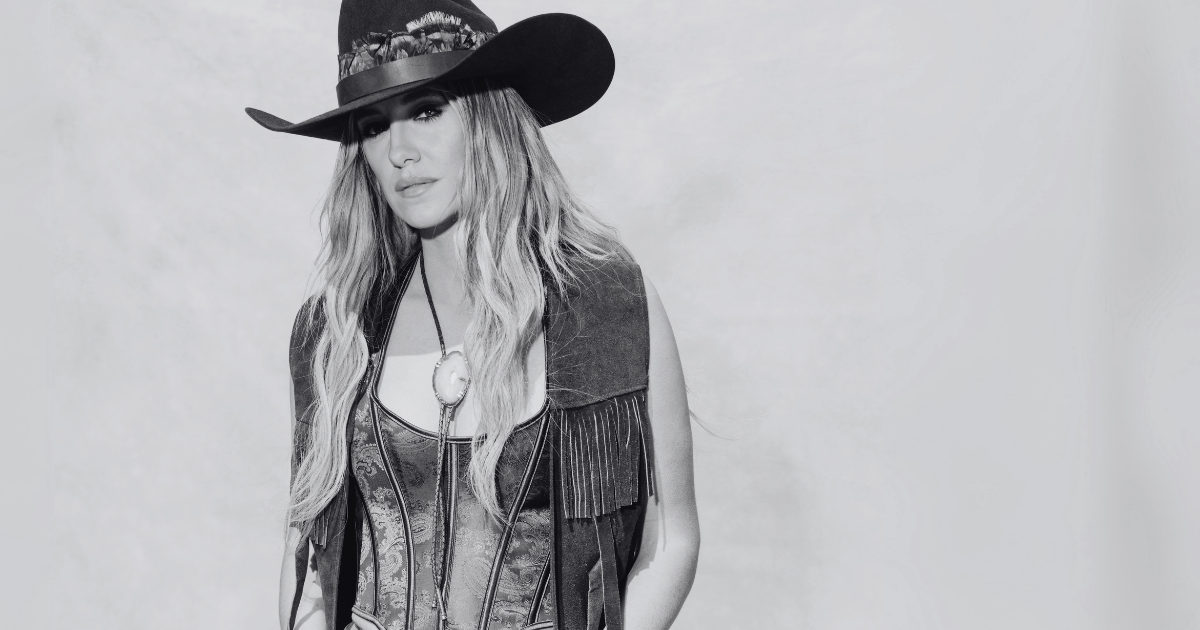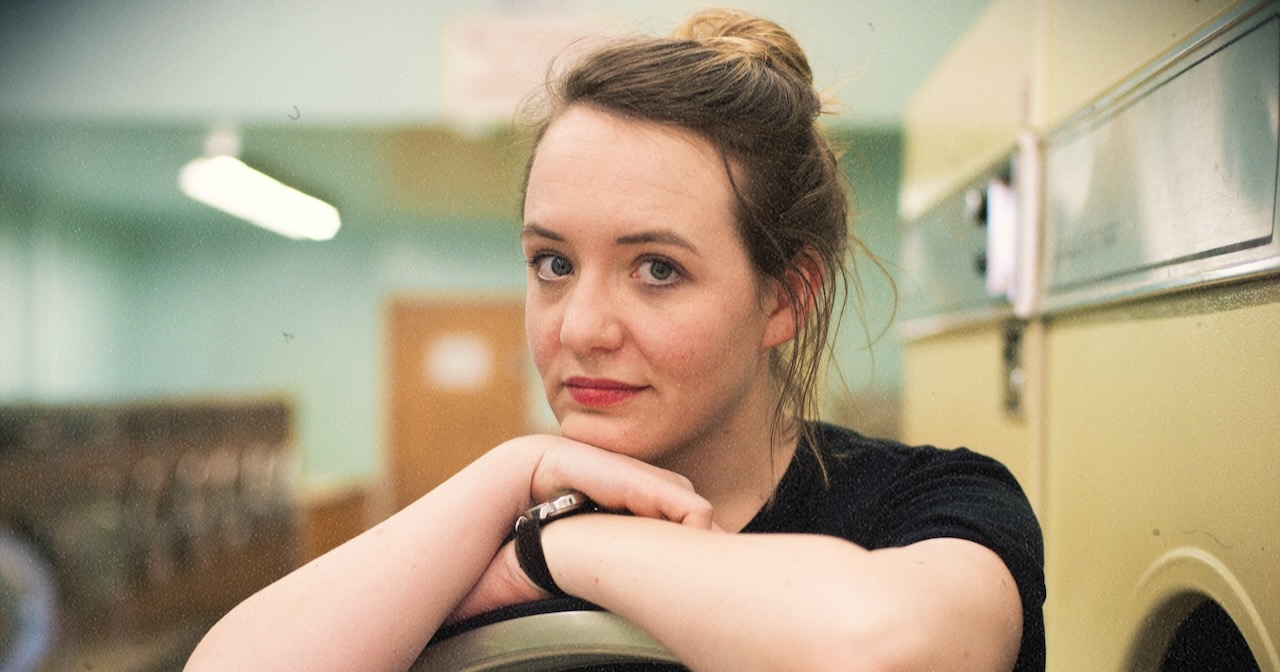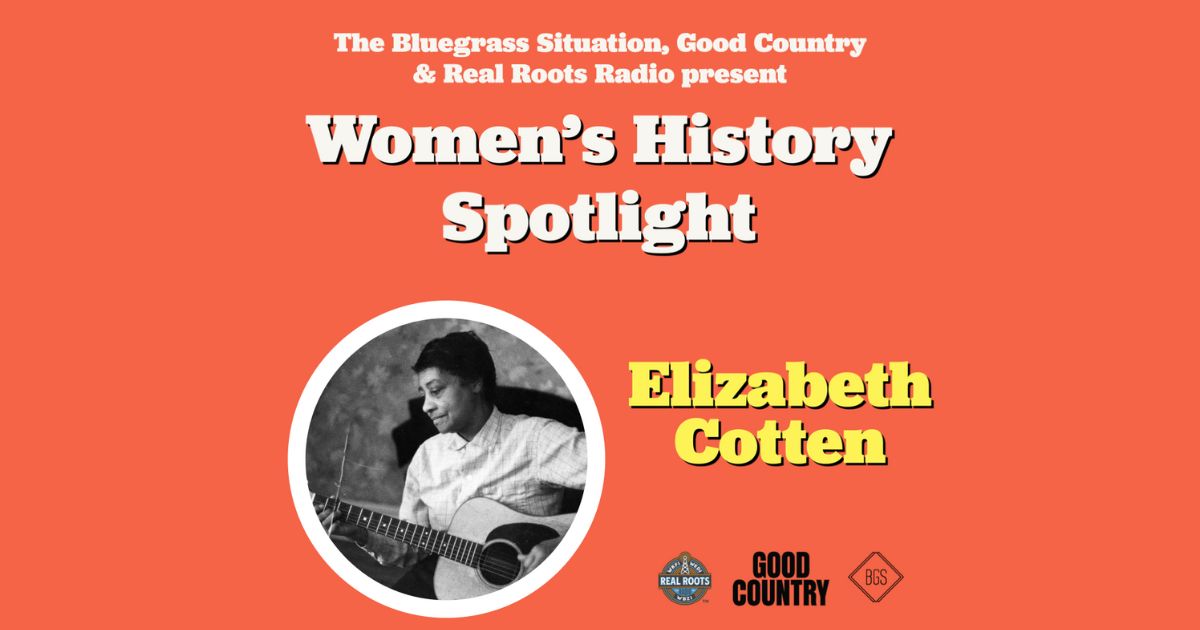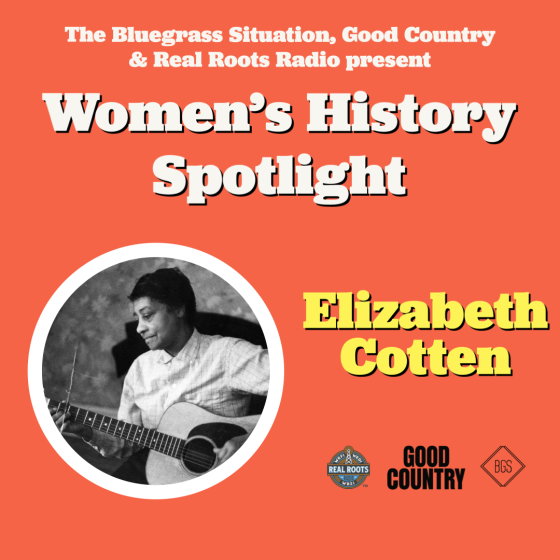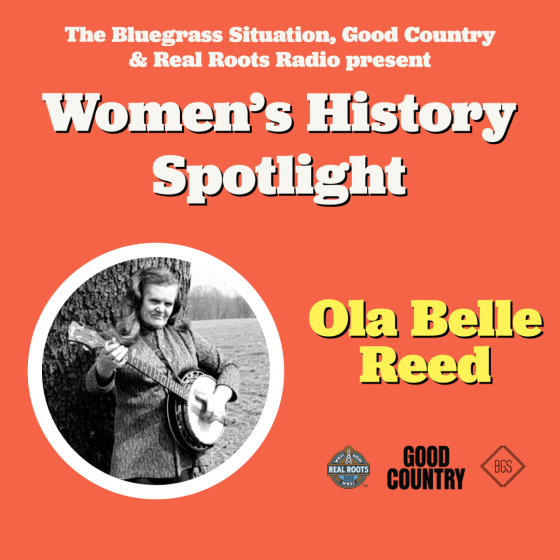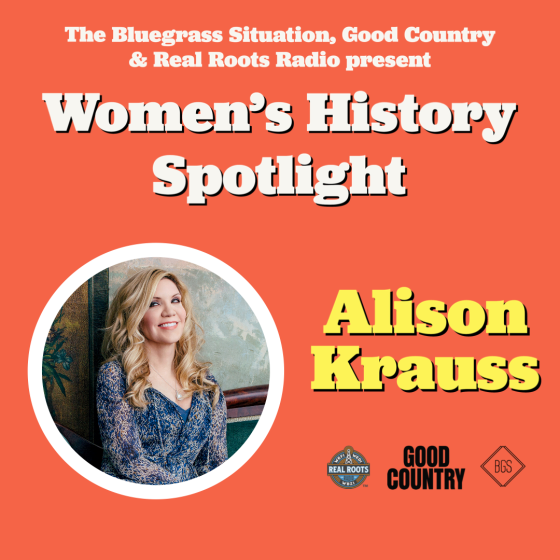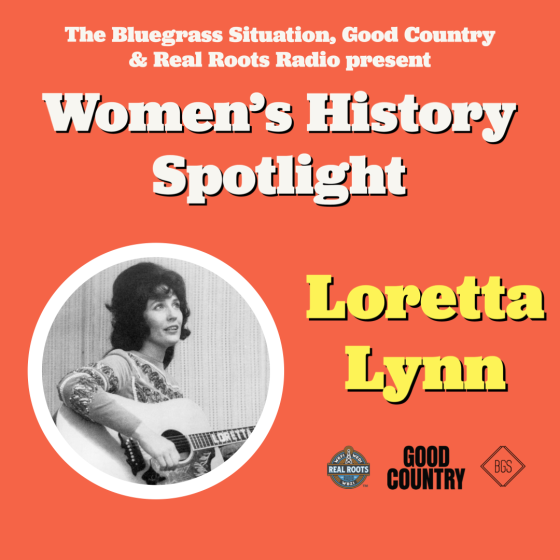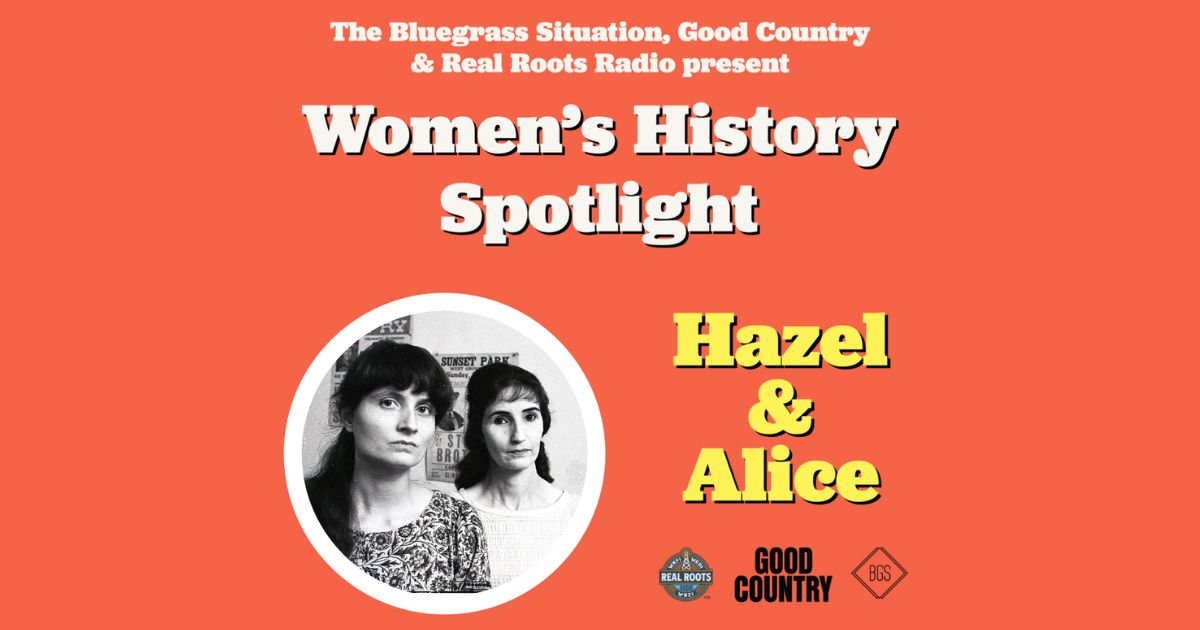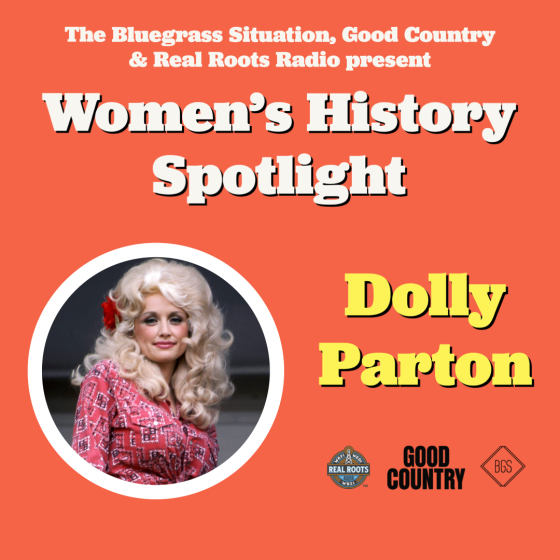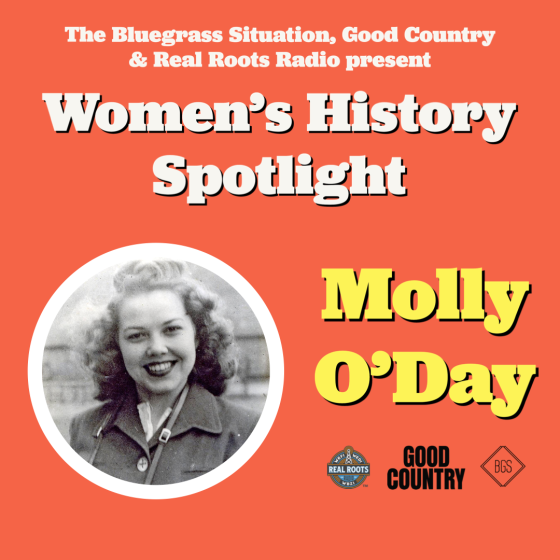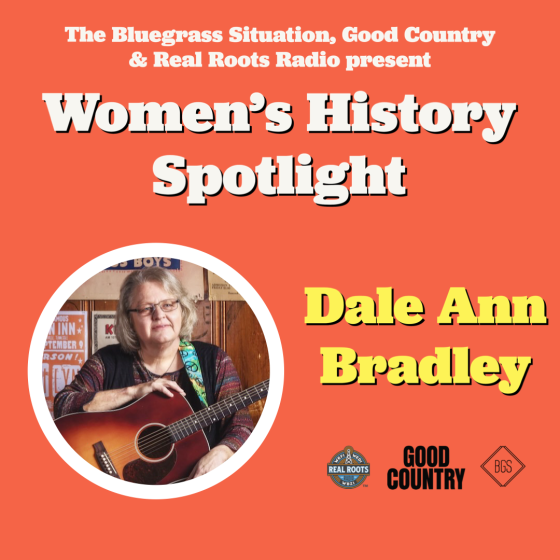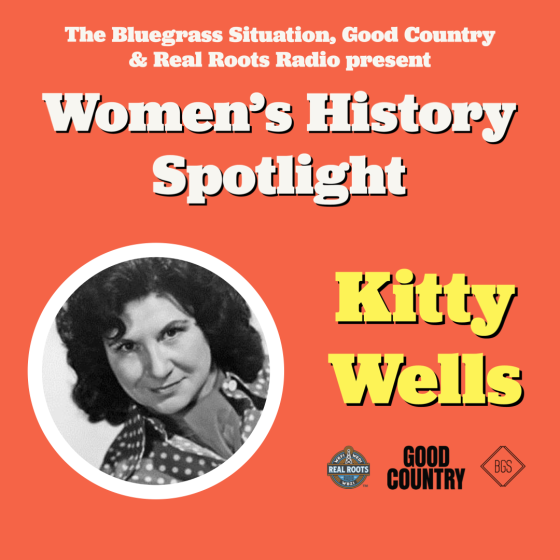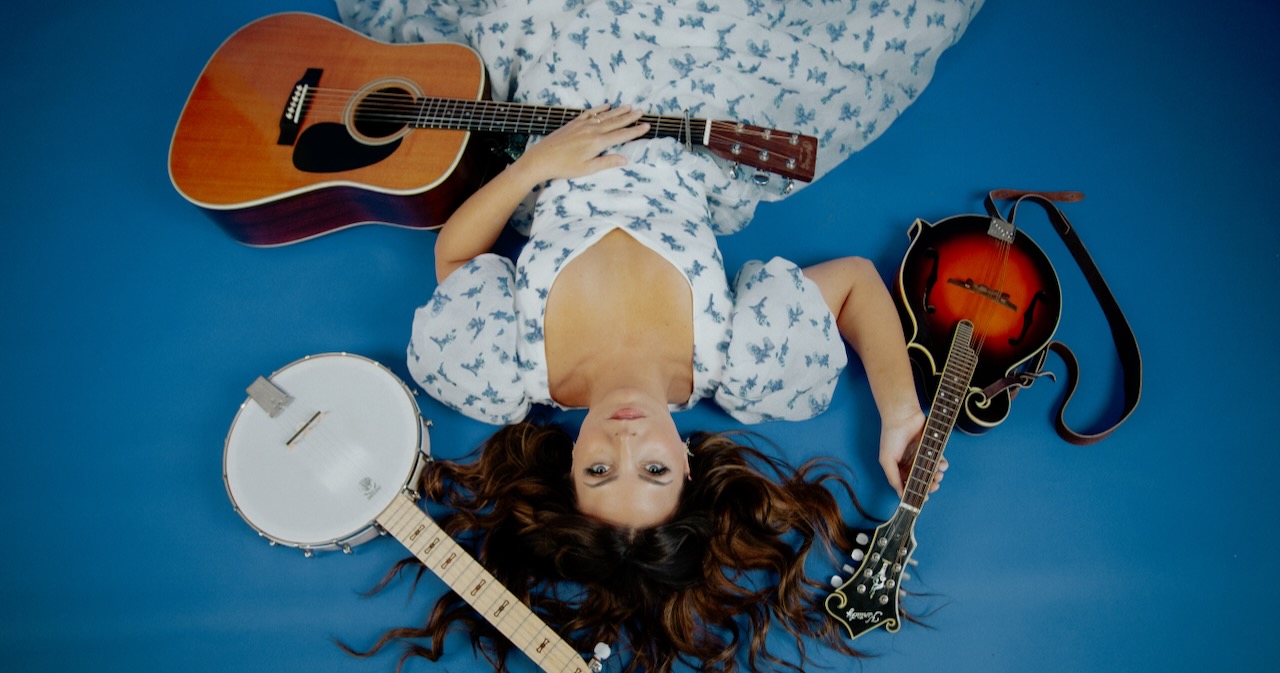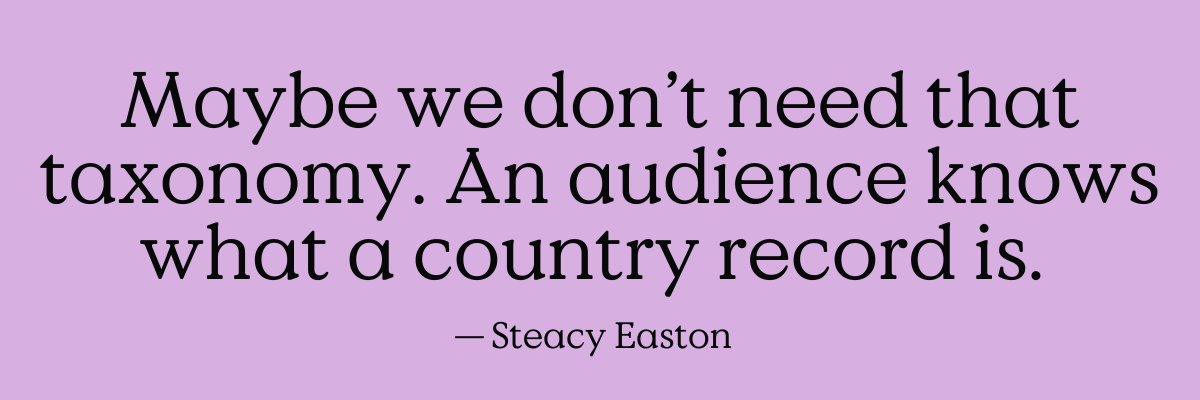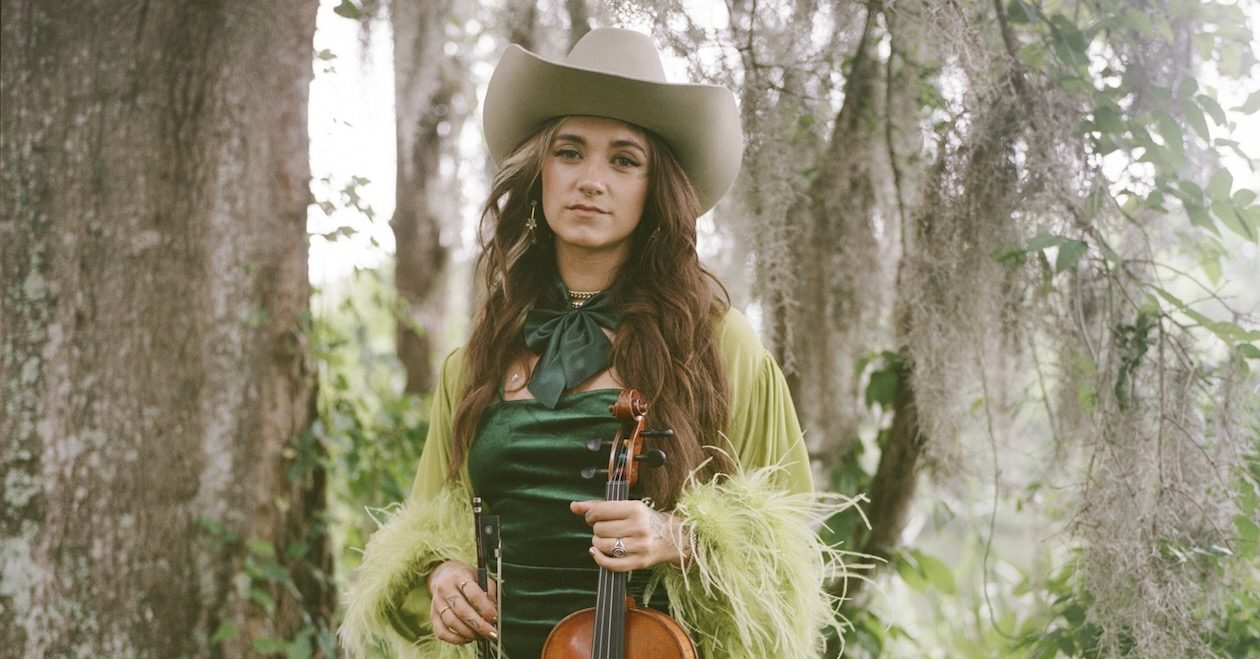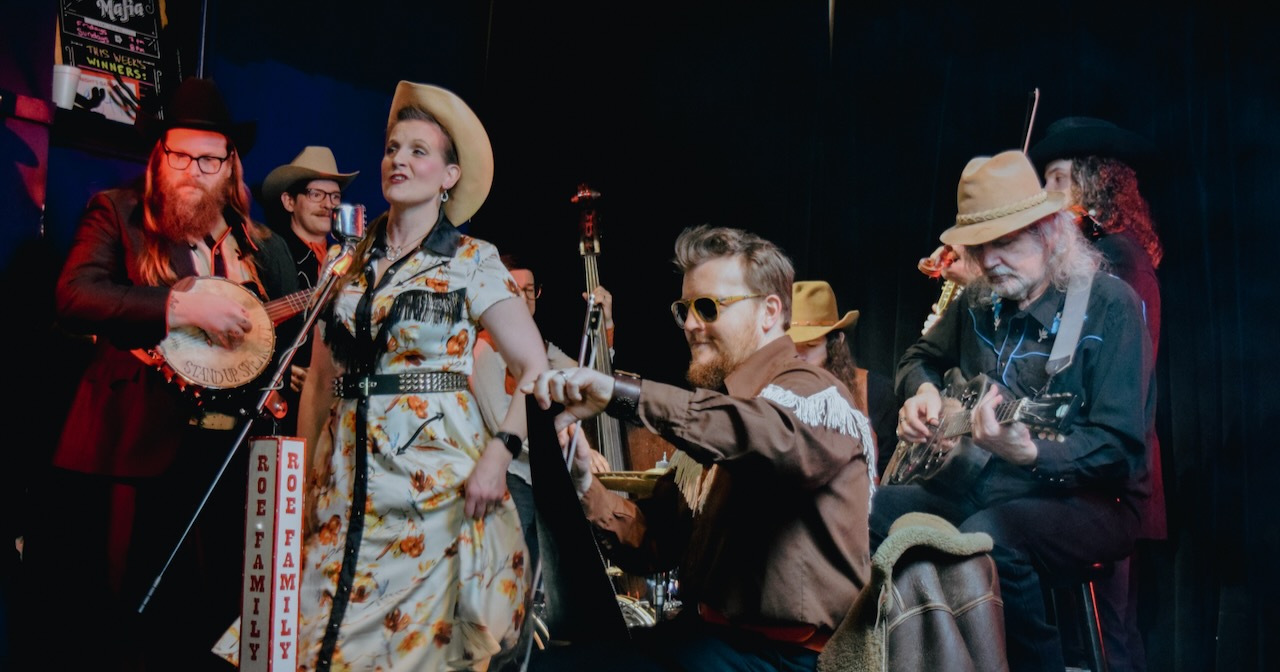(Editor’s Note: Be one of the first to read our Good Country email newsletter, including exclusive features, interviews, and articles by signing up on Substack today.)
Few artists have changed country music like Lainey Wilson.
The bell bottom-wearing, slow-talking singer-songwriter from small-town Louisiana has taken the genre by storm since dropping her breakout third studio album, Sayin’ What I’m Thinkin’, in 2021, and she’s reshaped the country music industry along the way. With Wilson’s highly anticipated fifth studio album, Whirlwind, due August 23, she’s bound to shake things up once again.
If you’ve engaged with just about any form of media in recent years, chances are you’re already familiar with Wilson, who also starred on the fifth season of the wildly popular Paramount Network show Yellowstone. She’s racked up a room’s worth of trophies, including a Grammy, six ACM Awards and seven CMA Awards, including the coveted Entertainer of the Year award in 2023, which made her the first woman to win the honor since Taylor Swift’s win in 2009.
And somehow, in a genre that infamously allows mostly men to dominate charts and radio air time, Wilson has found mainstream country success commensurate with her critical acclaim. She’s notched four number ones on country radio when many women can’t even get their music played. She’s lent assists to big names like HARDY (2022’s “Wait in the Truck”) and Jelly Roll (2023’s “Save Me”), and for a while seemed to be country’s favorite feature – since 2021, she’s also collaborated with Dolly Parton, Lauren Alaina, Ernest, and Cole Swindell.
So, what is it about Wilson that resonates with so many people?
Her breakout single, 2020’s “Things A Man Oughta Know,” is a great place to start. Wilson’s voice is undeniable – like Parton or Loretta Lynn, Wilson has an inimitable sound and style – and a ballad like “Things A Man Oughta Know” gives her ample room to shine. Her voice is nimble and elastic, rich and dynamic. She knows when to stretch a note for emotional effect, like when she sings, “How to keep it hidden when a heart gets broke,” bending the final syllable to reinforce its ache. Lyrically, the track epitomizes the grittier side of Wilson’s persona, as she shows herself to be as adept at love as she is “chang[ing] a tire on the side of a road.”
That tune first appeared on Wilson’s 2020 EP, Redneck Hollywood, and would be reprised on Sayin’ What I’m Thinkin’. It would prove to be no fluke, too, as the LP released to near-universal acclaim. While much of commercial country music was steeped in pop and hip-hop influences, Wilson’s music was traditional but forward-thinking, sounding like AM radio classics, but from a fresh perspective.
It seemed as though Sayin’ What I’m Thinkin’ made Wilson an overnight success, but like most artists who come to Nashville seeking a big break, she had paid serious dues. After graduating high school, Wilson moved to Nashville from Louisiana in 2011, living in a camper van while she found her footing in town.
She’d honed her musical chops as a kid, first discovering a love for music as a young child. As she grew older, Wilson’s dream of pursuing a career in music grew, too, and by the time she was a teenager she had regular gigs as a Miley Cyrus impersonator, showing up at weekend birthday parties to perform for kids.
That would be good practice for building a career in Nashville, as grinding it out at local writers’ rounds, bars, showcases, and open mic nights is, for most artists, a Music City rite of passage. Nashville’s “10-year town” reputation, which posits that an artist must keep at it for a decade to break through, proved true for Wilson, who had spotty success between 2011 and 2021 before finally clearing the hurdle.
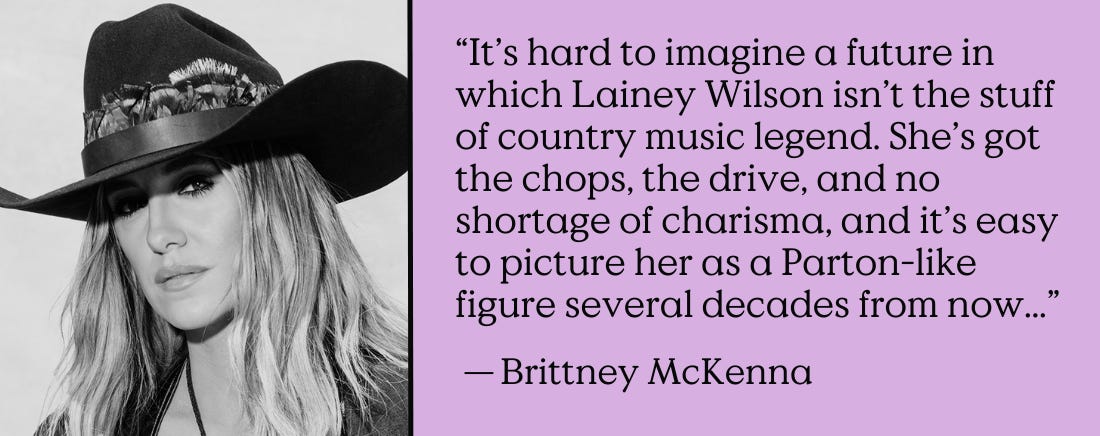
Wilson would follow Sayin’ What I’m Thinkin’ just a year later, eschewing a more traditional two to three years between records in favor of maintaining her momentum. Bell Bottom Country did just that and then some, catapulting Wilson from up-and-coming country star to household name.
The album, with its retro, Stevie Nicks-coded cover photo, also further developed the Lainey Wilson brand, which is more hippie than hillbilly. (Or rather, it’s both – the second track is called “Hillbilly Hippie,” after all.) Her bell bottoms quickly became part of her iconography, like Dolly Parton’s colorful makeup or Brad Paisley’s traditional cowboy hat. The imagery matches the mood of the music, as even Wilson’s more somber songs still have a sense of looseness, of freedom.
Perhaps a product of her decade-plus in the game, that ease is evident on Bell Bottom Country hit “Watermelon Moonshine,” a spiritual descendent of Deana Carter’s “Strawberry Wine” that is sure to be a country classic. Steeped in nostalgia and illustrated with vivid imagery (“kudzu vines,” “old farm ruts,” “a blanket ‘neath the sunset”), the song is a tender ode to young love, balancing youthful abandon with the melancholy of hindsight. It’s also a showcase for Wilson’s melodies, which are sticky but not cloying, and just poppy enough to catch the ear without distracting from the story.
Bell Bottom Country also birthed “Heart Like a Truck,” a massive hit for Wilson thanks, partially, to its use in a Dodge Ram commercial. The song is, blessedly, proof that a “truck song” can still be creative, as Wilson likens her aching heart to a truck that’s “been drug through the mud.” It’s also one of Wilson’s most powerful vocal performances, letting her play with dynamics before letting go and wailing toward the end of the song.
Wilson uses Bell Bottom Country to show off her broader musical ambitions, too. “Grease” is syncopated and funky, reminiscent of more recent work from The Cadillac Three or Brothers Osborne. “This One’s Gonna Cost Me” flirts with arena rock, made epic with production from Jay Joyce, famous for his work with Eric Church. And Wilson surprises with a vibrant cover of “What’s Up (What’s Going On),” the iconic 4 Non Blondes hit.
Such sonic detours hint at what might come with Whirlwind, whose title no doubt references the wild last few years of Wilson’s life. Lead single “Hang Tight Honey” is tight and catchy but sonically complex, with girl-group vocals and a rockabilly beat accompanying Wilson’s soulful, swaggering delivery. “4x4xU” recalls the mid-tempo drama of the best Lee Ann Womack songs, though with a funkier groove. And on “Country’s Cool Again,” Wilson reminds that her country roots run deep, with a deliciously twangy chorus that more than earns the song’s Garth Brooks and Brooks & Dunn references.
Despite these country bona fides, Wilson has still faced accusations of inauthenticity, particularly around her thick Louisiana accent. In a January interview with Glamour, she says, “I think sometimes, especially when people were first getting introduced to me, they heard my accent and immediately thought, ‘There’s no way this girl could be that country.’ The truth is, you can say anything you want to about me, but when you start talking about my accent, I’m ready to fight somebody because then I start feeling you’re talking about my family.”
Debates about authenticity in country music are a dime a dozen, though they tend to be directed at women artists more often than their male counterparts. You don’t hear skeptics of, say, Morgan Wallen’s accent or Tennessee roots, or of Jelly Roll’s history with incarceration. But a quick search of “Lainey Wilson fake” turns up video after video dissecting her accent, most of which barely – if at all – engage with her actual music.
For her part, Wilson seems largely unfazed by doubters and detractors. In that same Glamour piece, she later shares, “When you grow up somewhere like I did with the kind of people that I did, you can’t help but to be country. You can’t escape it no matter if you move eight hours away like I did. Country music was the soundtrack of our lives. We lived it out.”
While Wilson’s musical talents will always be her biggest draw, her larger-than-life personality is a close second. She’s a famously electric live performer, vamping across the stage and bantering with fans with such ease it seems second nature. That she does this without missing a note is what elevates her artistry – that CMA Award isn’t called “Entertainer” of the Year for no reason.
It’s hard to imagine a future in which Lainey Wilson isn’t the stuff of country music legend. She’s got the chops, the drive, and no shortage of charisma, and it’s easy to picture her as a Parton-like figure several decades from now, ushering in and supporting a new generation of country artists whose reverence for and innovation of the genre will help keep it alive.
Until then, at least country’s cool again.
(Editor’s Note: Don’t forget to sign up to receive Good Country direct to your email inbox.)
Photo Credit: Eric Ryan Anderson
